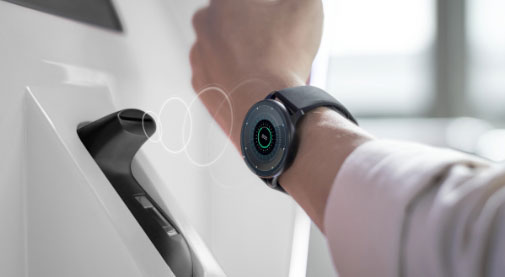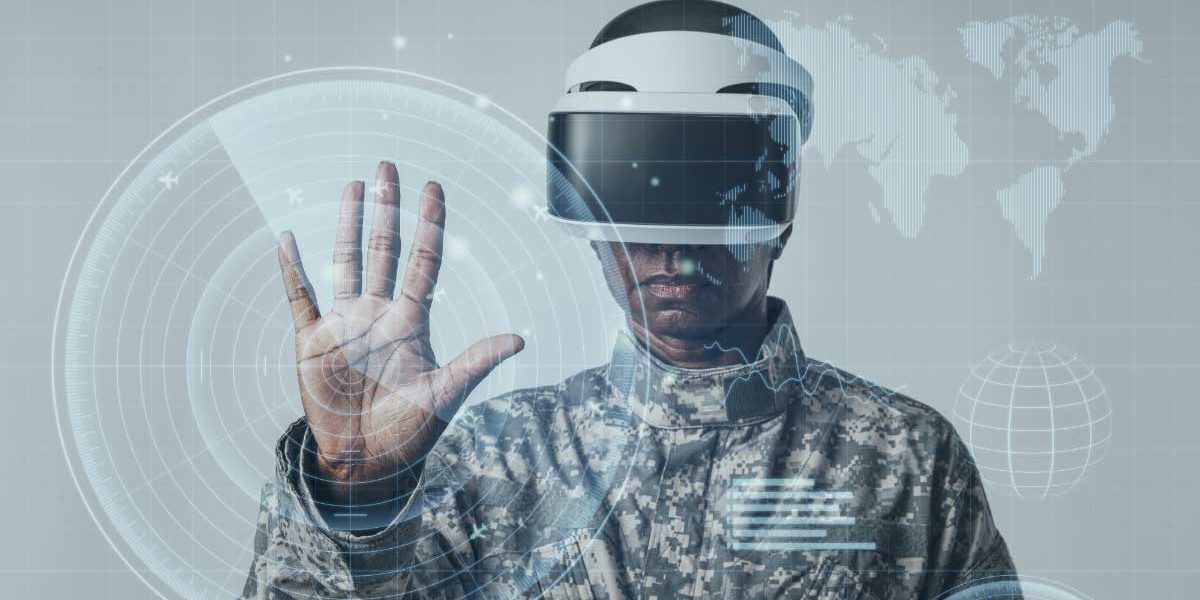A Glimpse into the Wearables Technology Concept
Smart Wearables are electronic gadgets and accessories worn in or on the body and able to sense the person bearing them and/or their environment. Possessing the ability to control, record, and enrich our lives and serve people in specific individual and professional pursuits, Smart Wearables are here to stay.
Smart Wearables also portray embedded intelligence and connectivity to be able to practice monitoring, communication, storage, and actuation. Additionally, they extend unparalleled possibilities for condition/ activity monitoring, feedback and delivery services, localization, classification, contextual notifications, data display, and virtual assistance.
In today’s time, when half of the global population owns and uses a mobile device, the globe has become a profoundly networked community uniting humans, alongside building a bridge between humans and a large reservoir of information and entertainment.
What’s Driving the IoT-Driven Wearables??
Wondering what’s boosting the IoT Wearables growth!! Well, here are a few aspects that have played a substantial role in driving the IoT-powered devices –
Adoption at its max:
The concept of wearable devices just by their possibilities has wooed the big brands across the globe. Companies like Apple, Google, Pebble, Motorola, Teksun, and more have already hosted a range of smart wearables to their portfolio, eventually driving the market with their innovations.
Growth in the Smart Devices Market:
The tech world has witnessed a tremendous and constant rise in the manufacturing, selling, and adoption of smart devices. Smart devices here would include ultra-low-power processors, accurate, low-cost, ultra-low power mobile sensors, low-power wireless connectivity, and likewise.
Device Miniaturization:
One of the major forces driving the rise in IoT-based devices and wearables is device miniaturization that has gained pace with integrated circuit fabrication and packaging developments. This aspect further enables effective wireless sensor packages – including processor, sensor, network device, and power source – as small as a cubic millimeter in volume.
Cloud Computing & Big Data:
The extended use of Cloud Computing and Big Data Analytics, alongside the great proportion of value that they offer, is one of the driving forces of IoT devices. They make it possible to analyze data from enormous sensor arrays while also influencing the increasing demand for wireless sensors to develop new sensor applications made readily available for the IoT market.
2021: The Year of Notable IoT Trends
Here we bring you the key trends of IoT that play a vital role in shaping up the market of IoT-driven Wearables. Take a look at what’s going on in the world of Internet of Things…
The 5G Connectivity Mayhem:

The growth in the IoT landscape brings connectivity mayhem to the market. With 5G connectivity making a hype across the world, organizations are rushing towards its adoption. While the 5G network possesses the potential for data-intensive processes, there are other options as well that enterprises could adopt. The logic behind this argument is that the connectivity requirement for every IoT device would be different. For instance, a smart vehicle demands a different kind of connectivity than a wearable device or a piece of machinery on the factory floor.
Rise in IoT Wearables for Healthcare:
The advent of Covid-19 has brought digital and remote healthcare to the forefront for IoT device manufacturers. With the utter need for virtual care, fitness awareness, and more, the willingness to use IoT-driven wearables has spurged up.
Smart Building Technology:
Smart Building technology has emerged as an important trend, with new facets placed for focusing on core priorities like worker health and safety rather than the past priorities like energy efficiency and worker productivity.
Connected Machines turning to be universal:
Be it any sector, manufacturing, agriculture, healthcare, or any other, the trend of connected machines has started becoming universal. This is major because of its ability to provide remote monitoring and predictive and preventive maintenance systems.
Essential for Consumer and Employee Location Data:
IoT is witnessing a greater trend towards tracking the location of consumers and employees. The retail sector has already harnessed IoT to explore the pickup and other location-based services, making the best of the phones’ GPS capabilities. In the wake of Covid-19, companies worldwide are utilizing IoT to gather location data of customers, eventually providing them enhanced customer support services.
Apart from this, the IoT is witnessing greater trends in the office spaces, remote and covert operations, as well, thereby opening up a wide case of opportunities for the IoT-driven wearables in the different domains.
The Closing Lines
To wind up the discussion, it could be rightly known that wearables have become increasingly famous over the past few years and have possessed tremendous capabilities of forming connections with existing devices like computers and smartphones.
IoT-driven Wearables could be acknowledged as intelligence embedded into household appliances, automobiles, clothing, factory equipment, and infrastructure. Meant to produce vast amounts of relevant data that can be raised, networked, and analyzed for a broad spectrum of industry, societal, and personal advancement, IoT-driven wearables are a must-have for both individuals and businesses.
Dive into the latest trends of IoT-based Wearables with Teksun. Connect with us here, and get access to a rich gamut of solutions and services delivered as per your specific business requirements.



